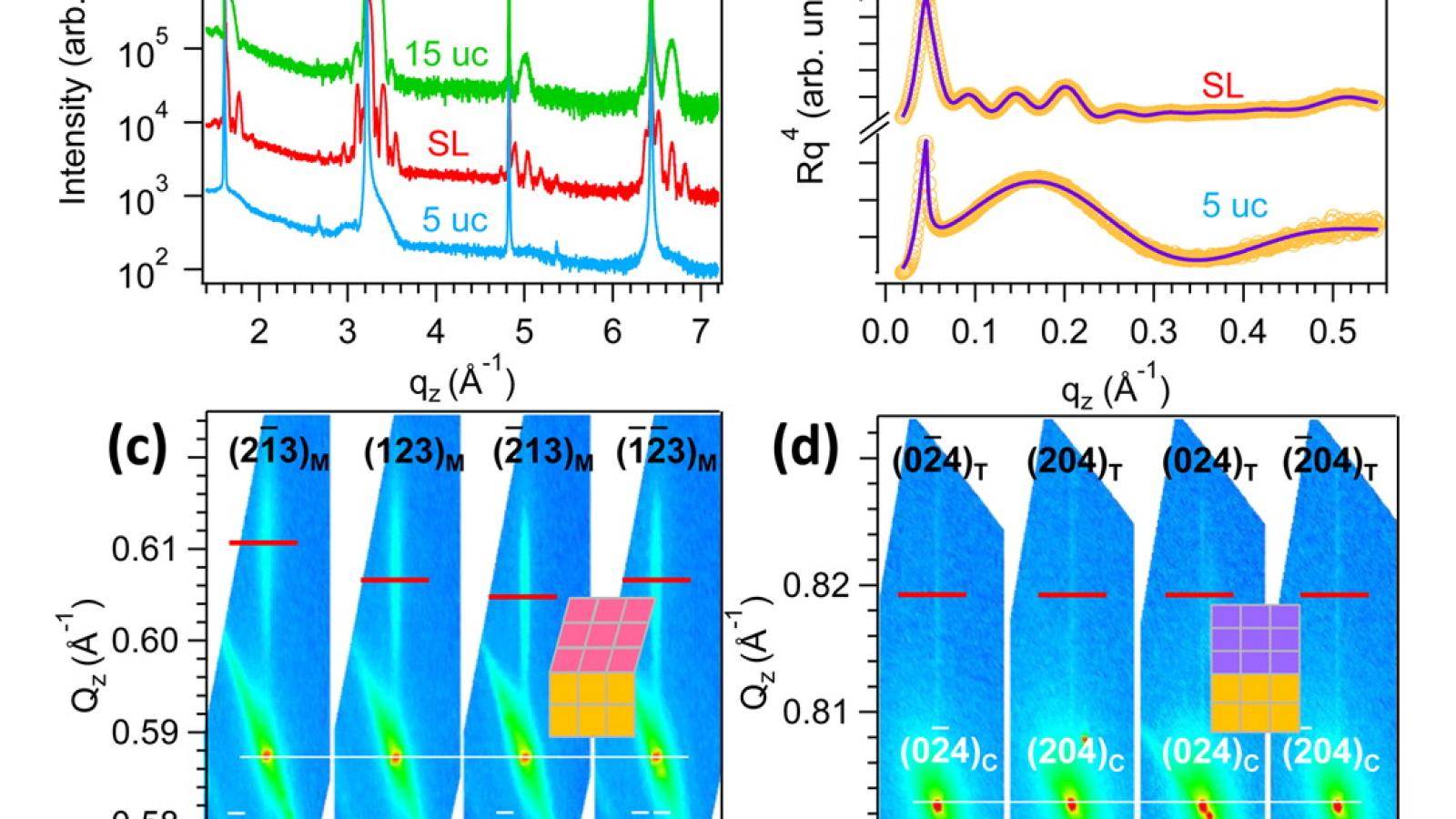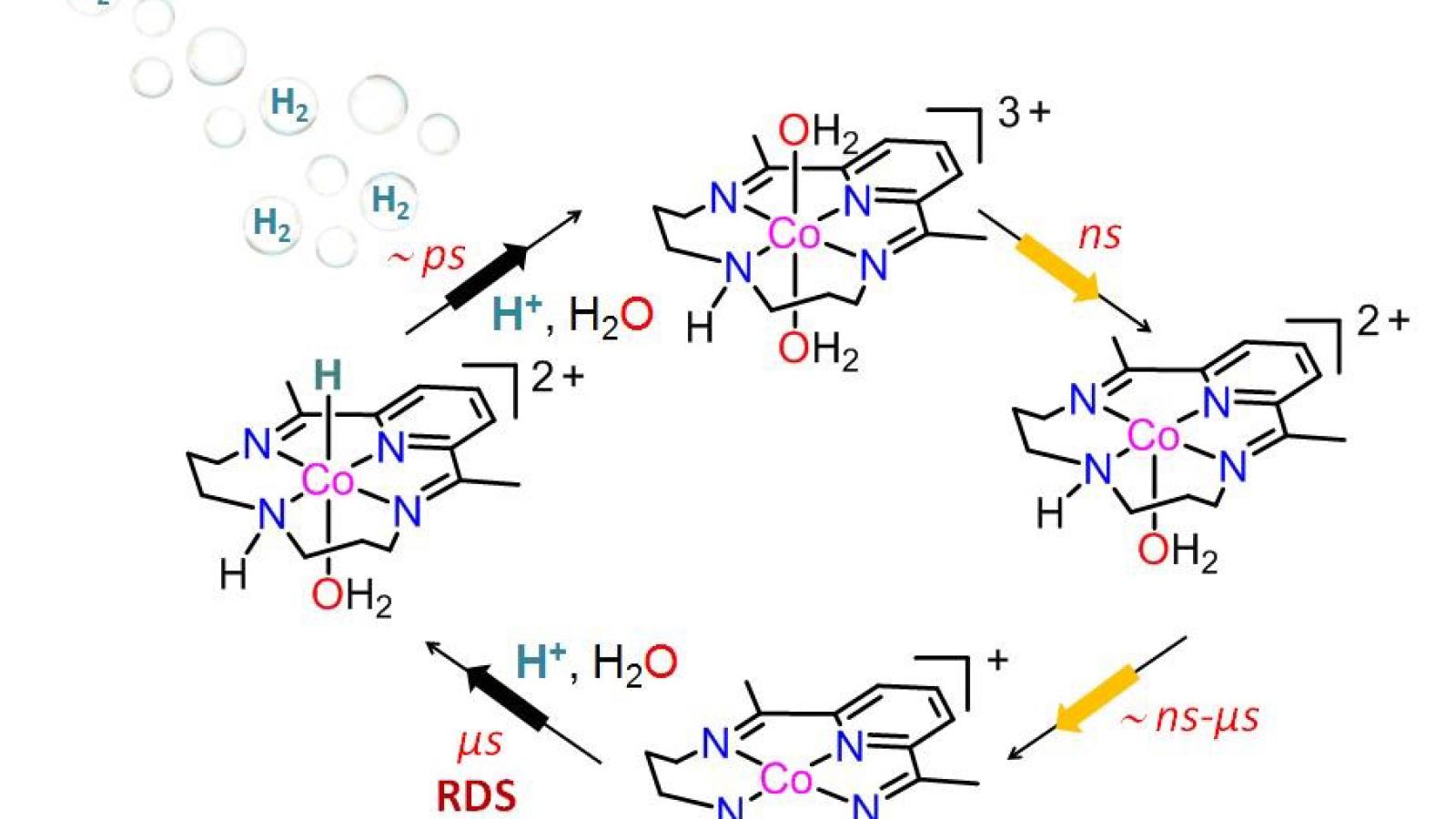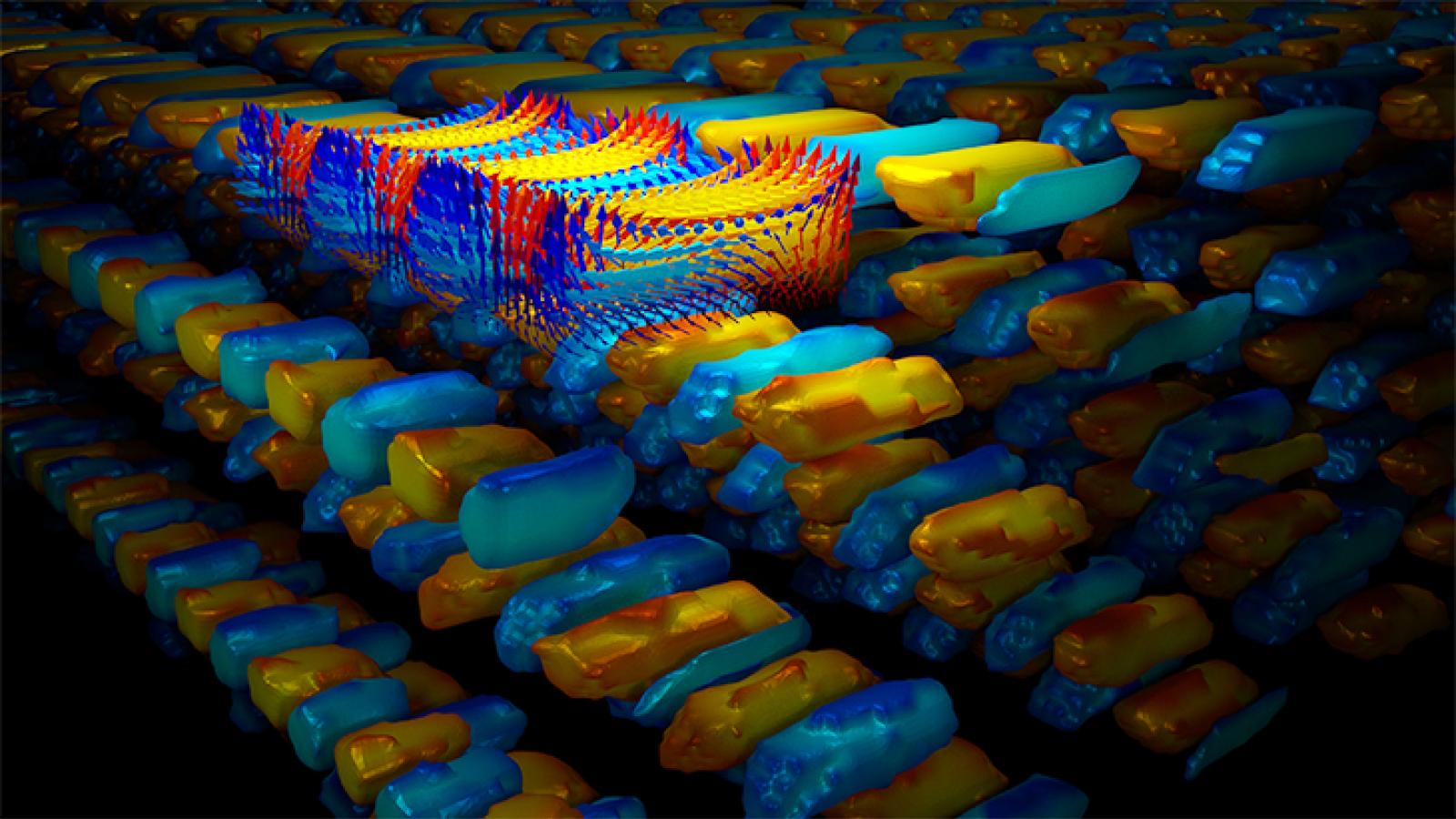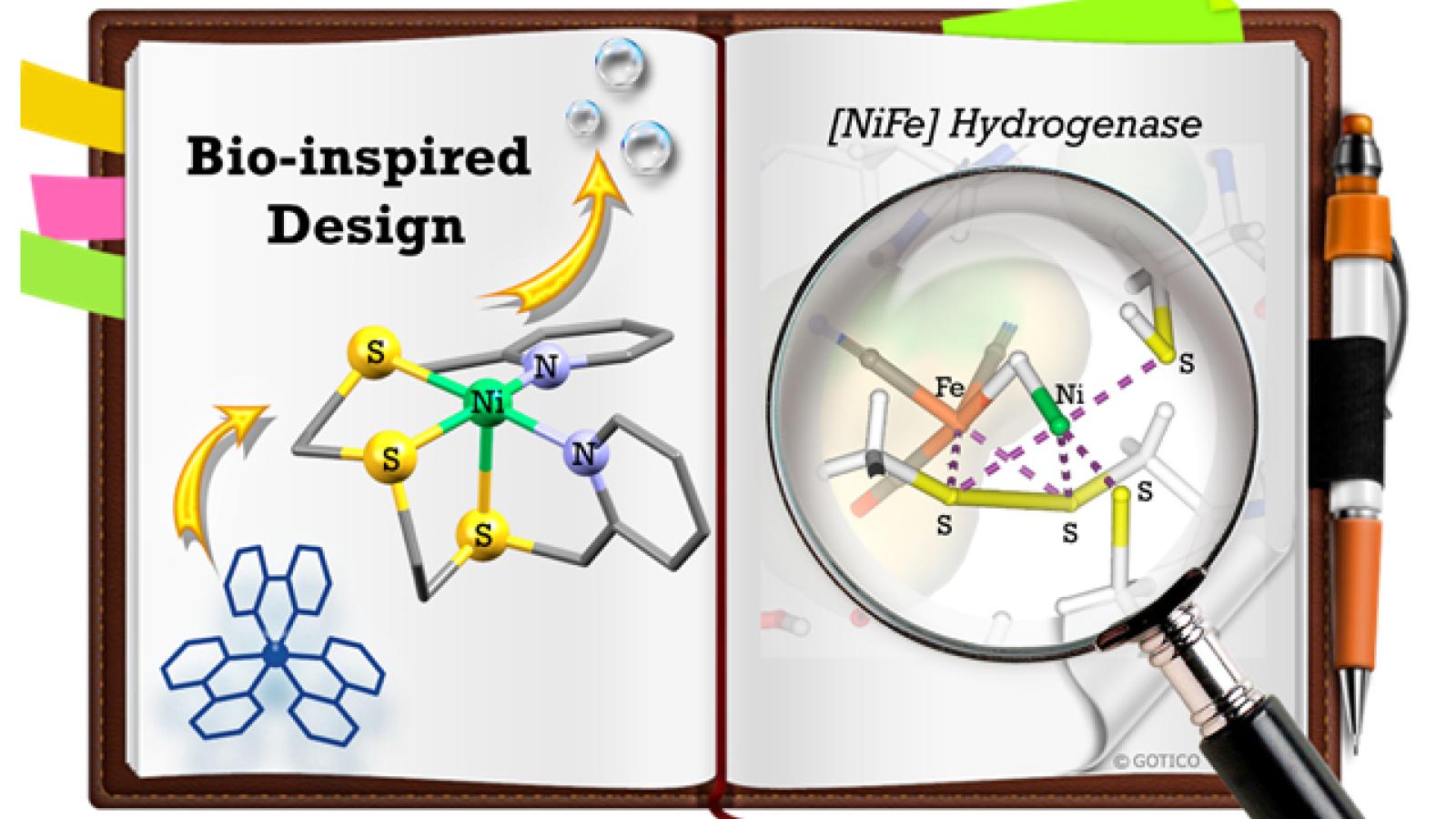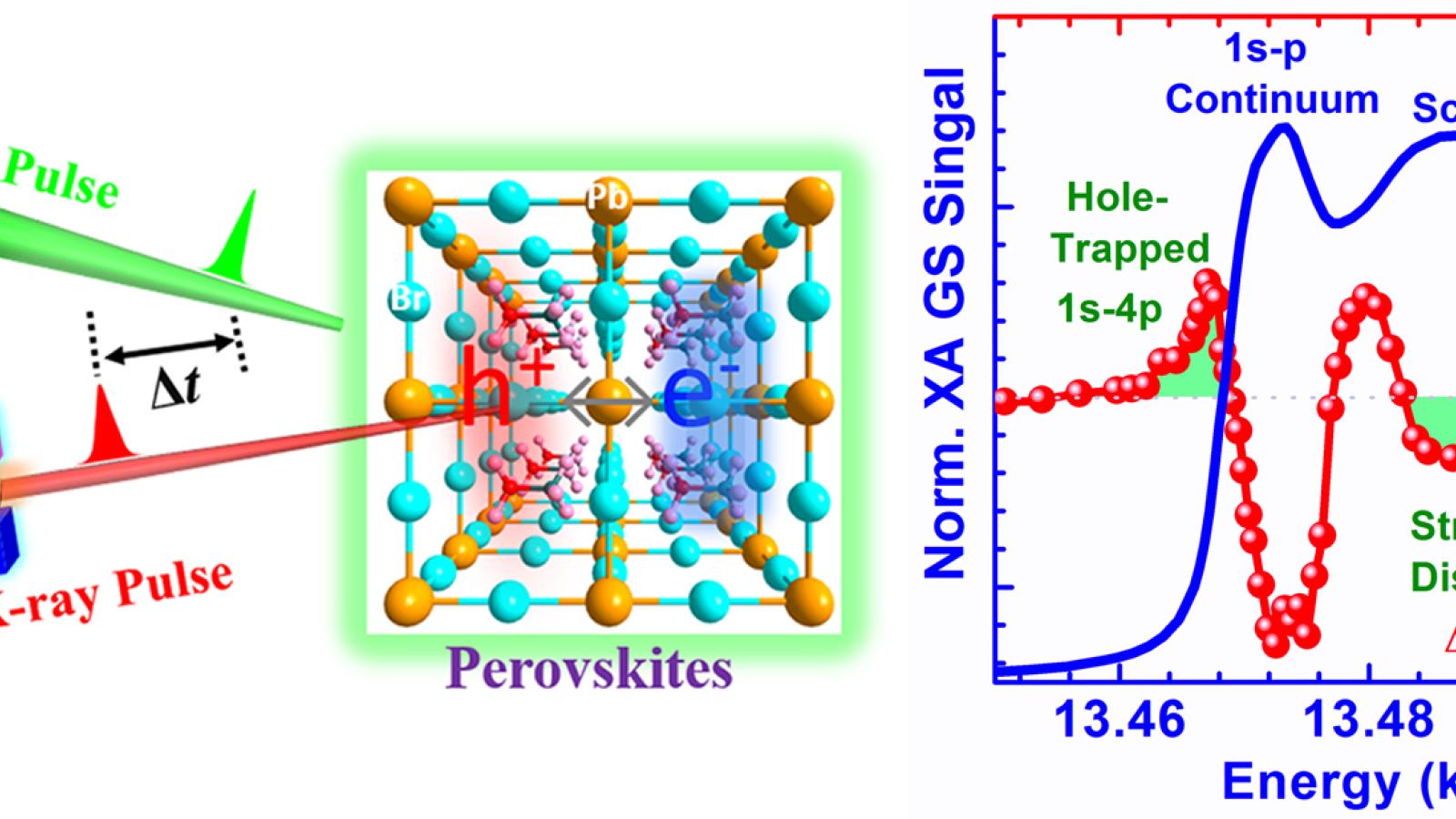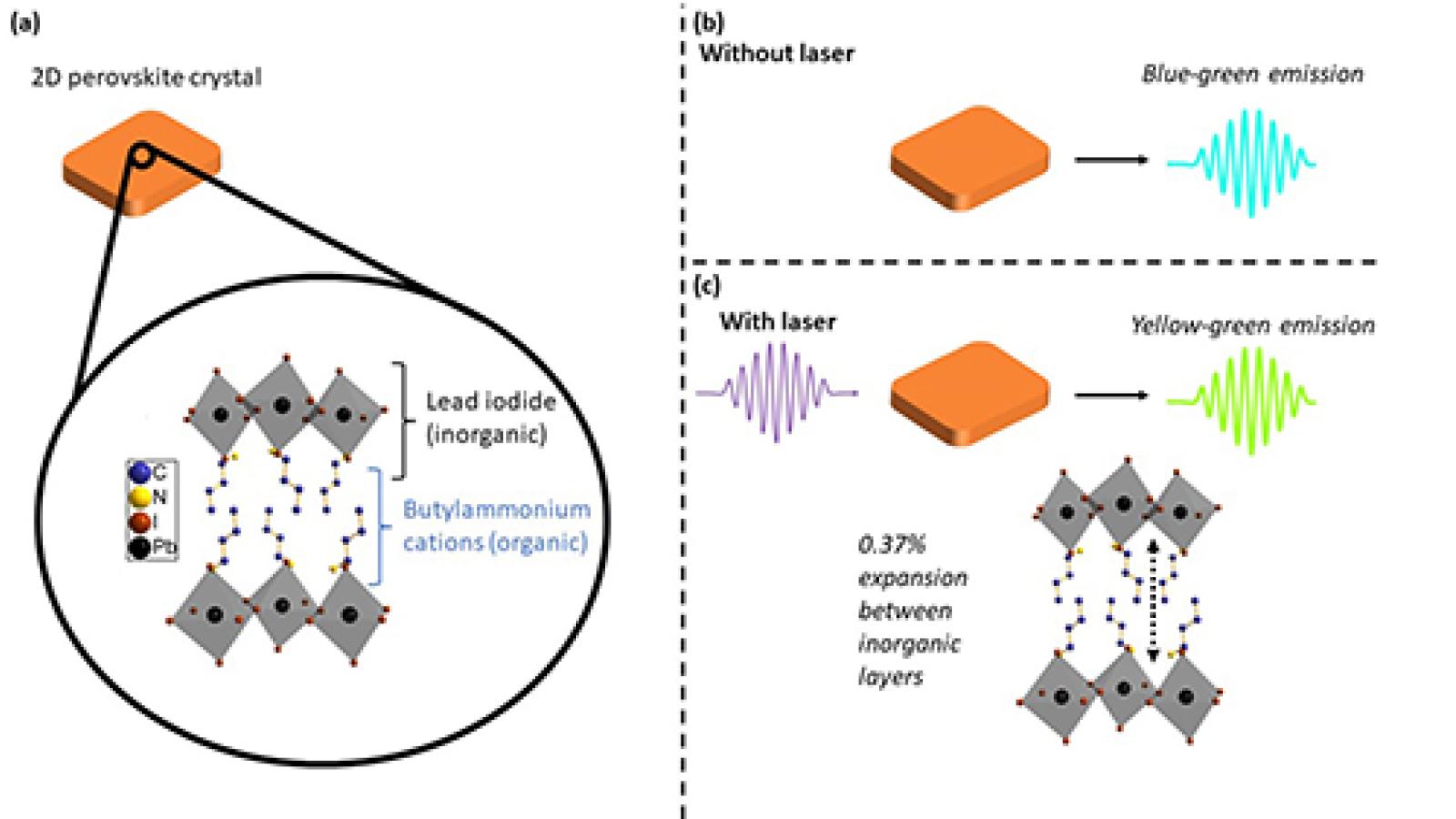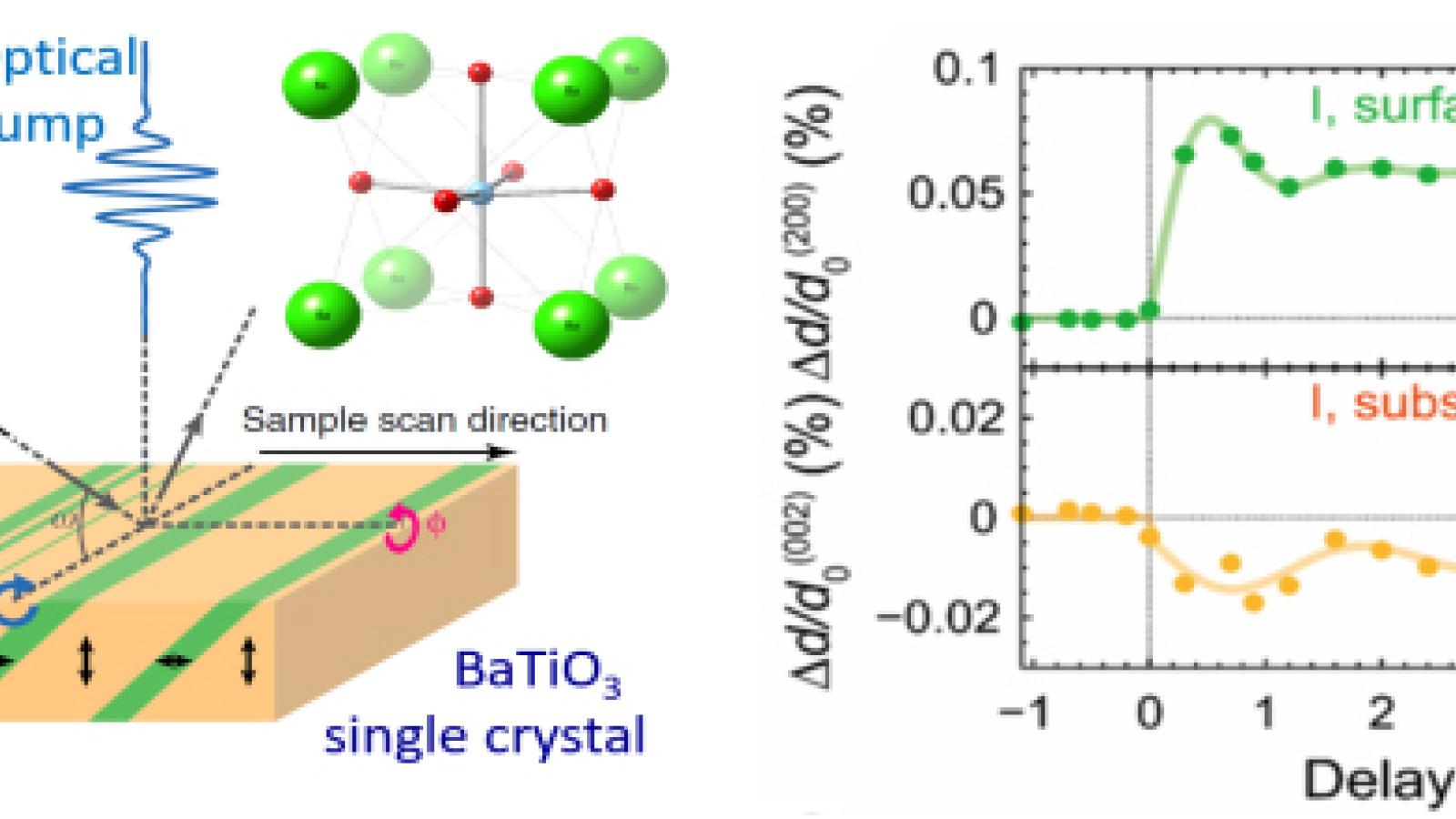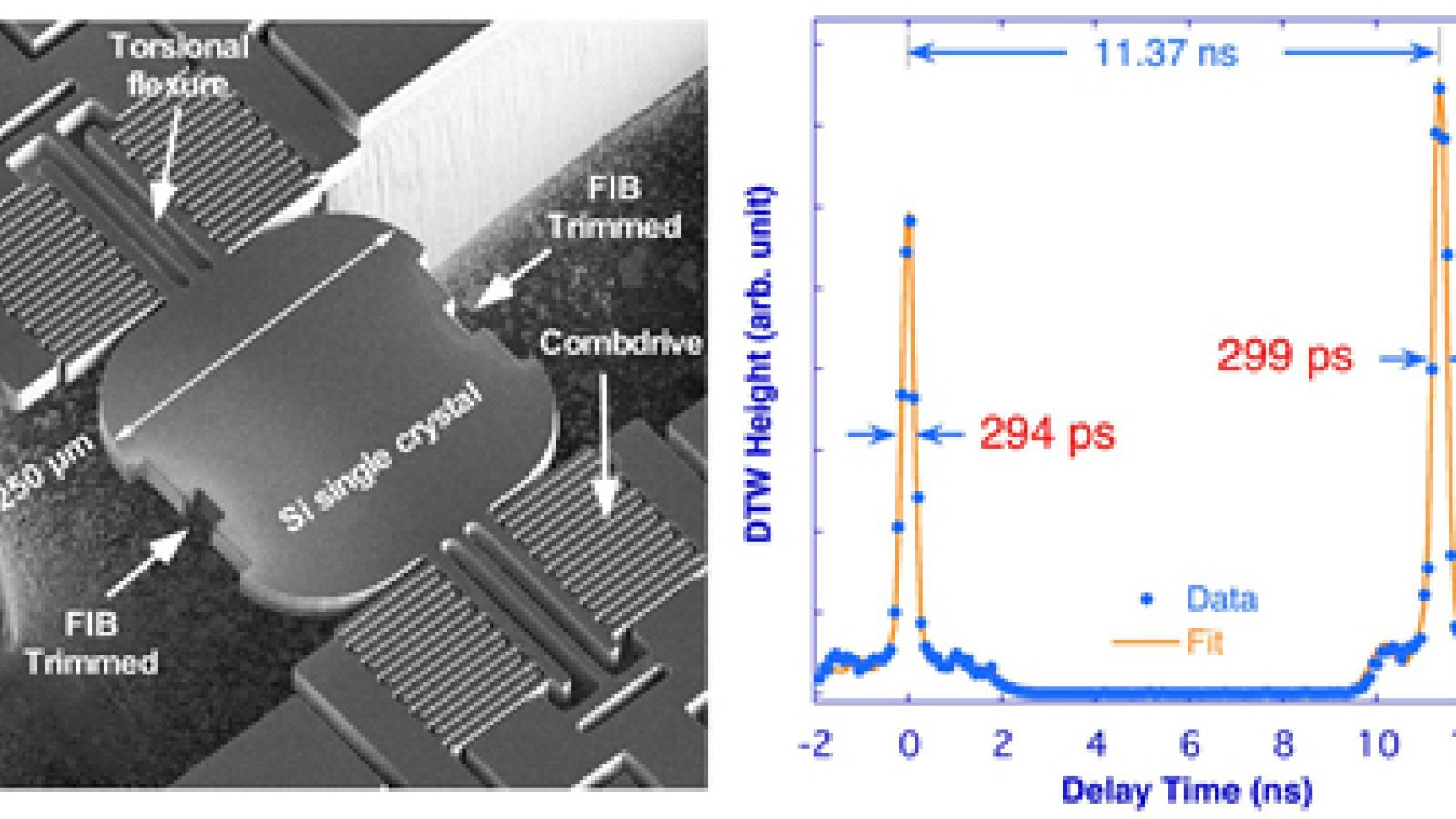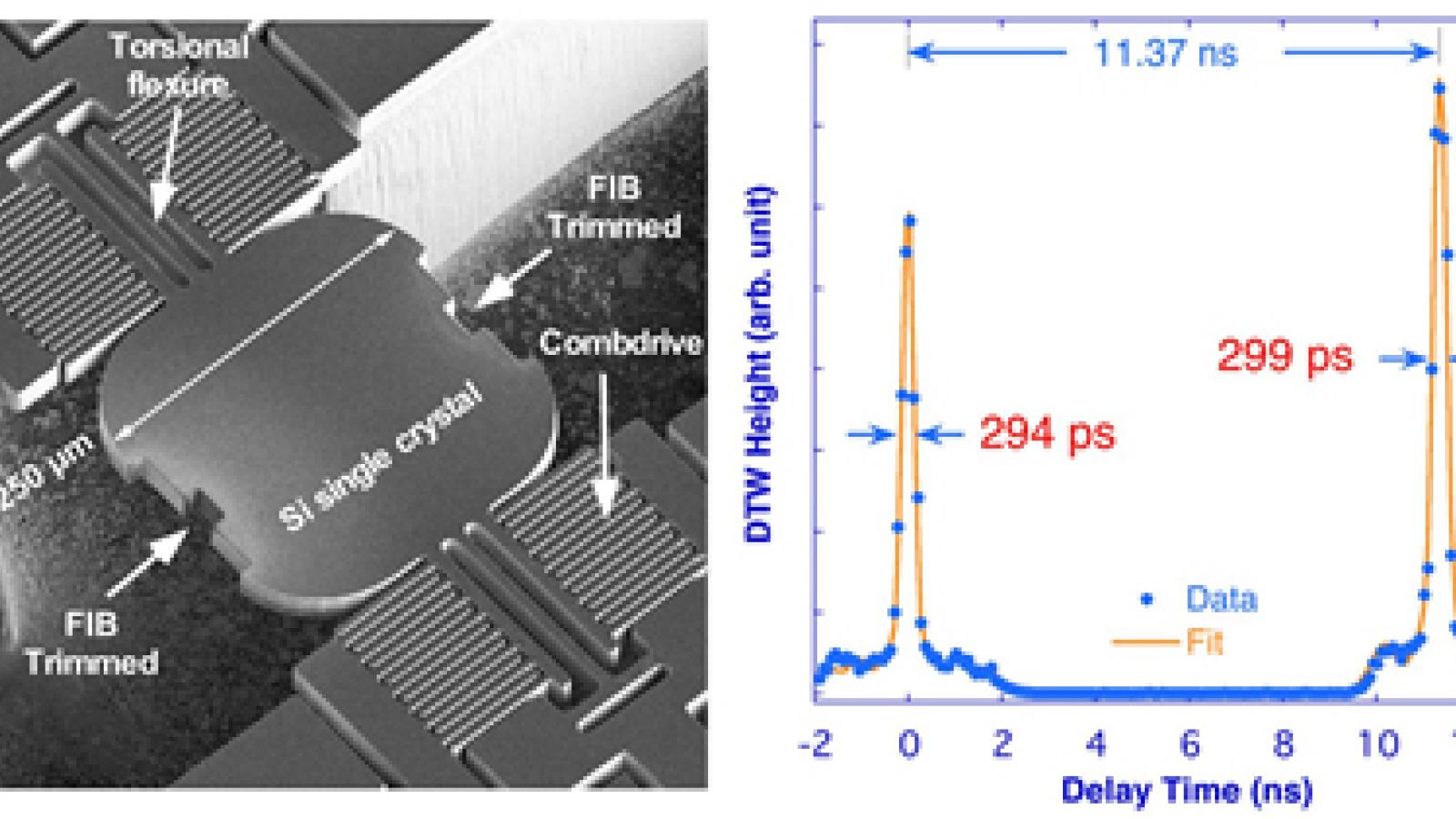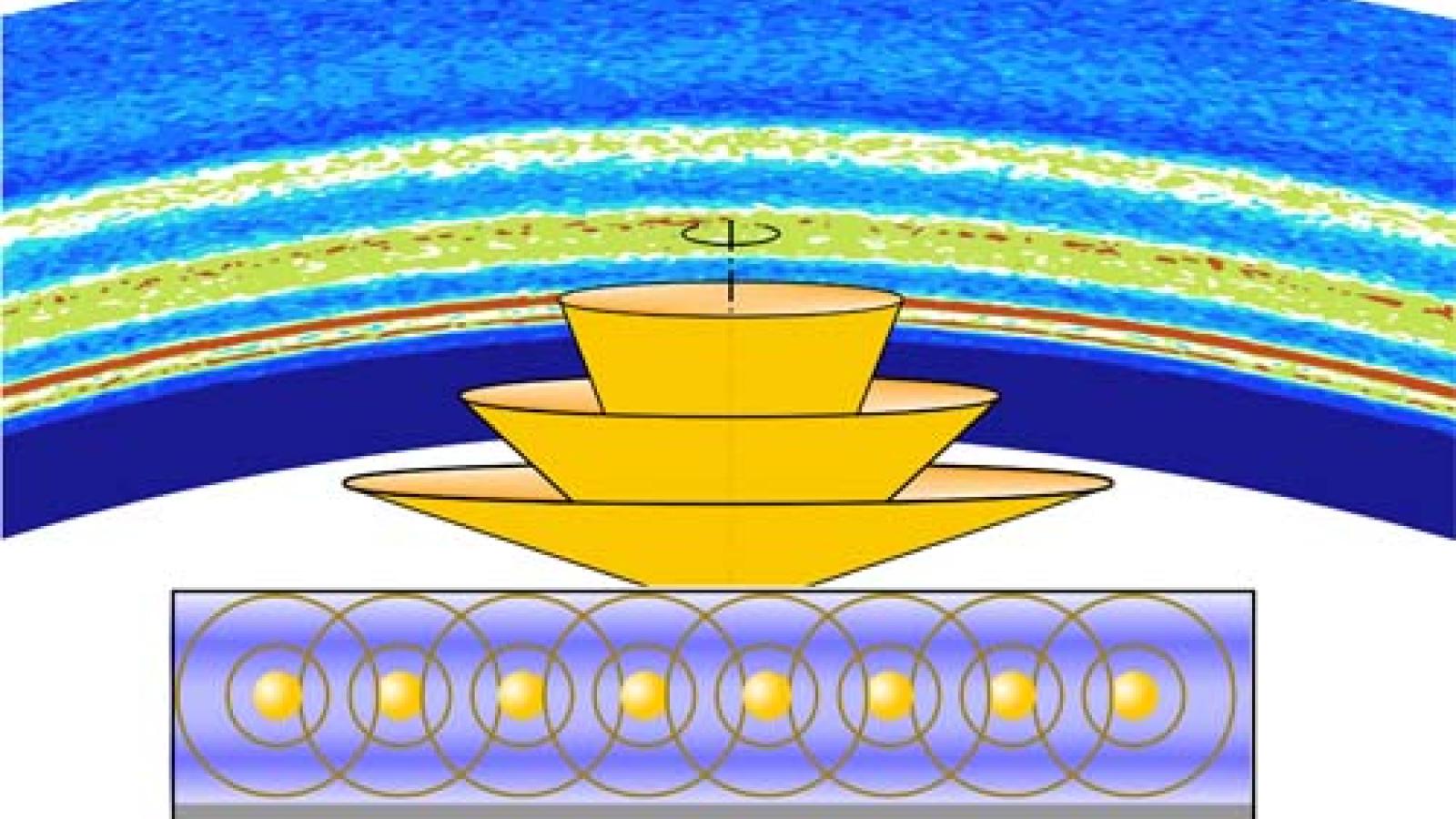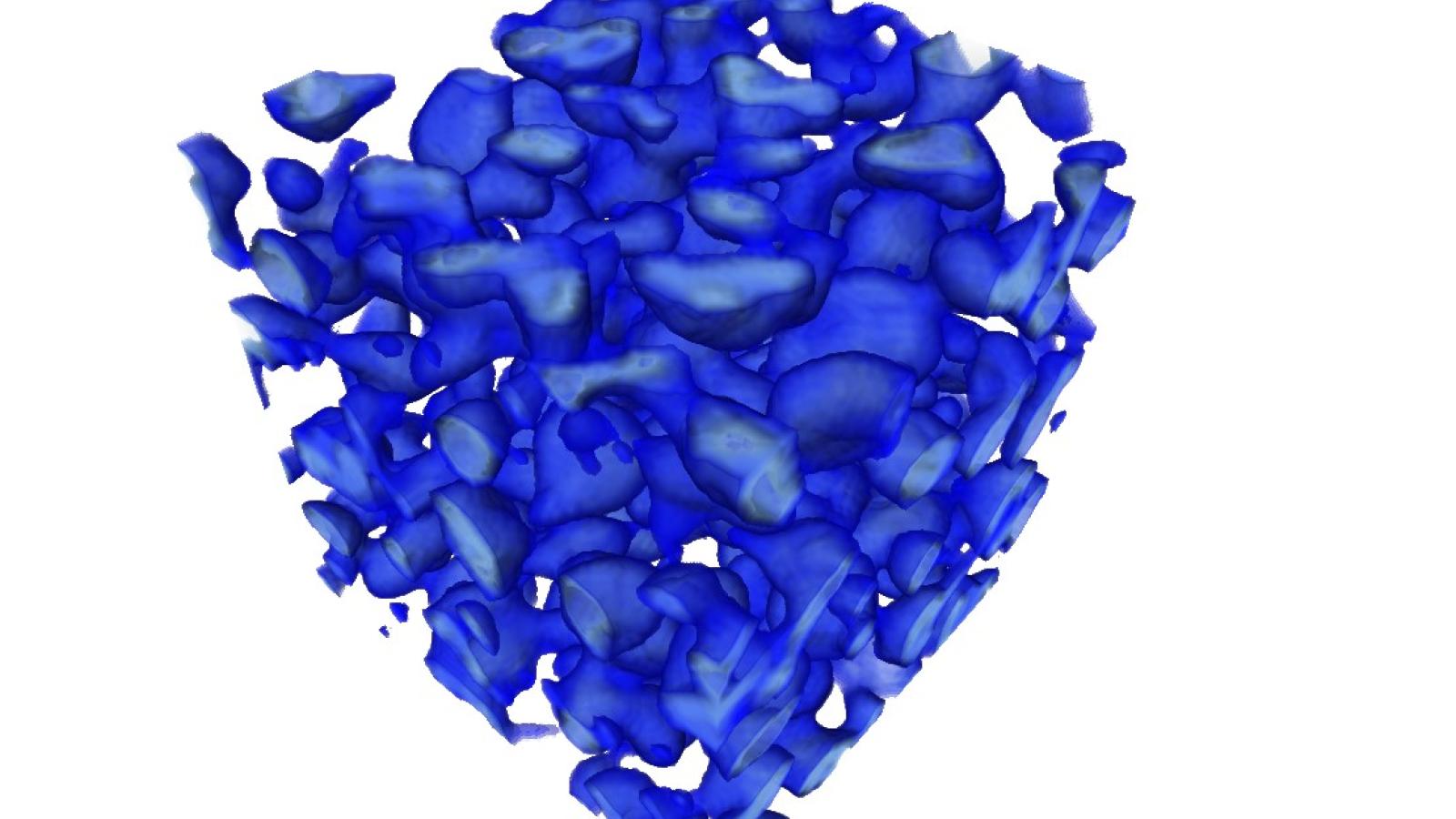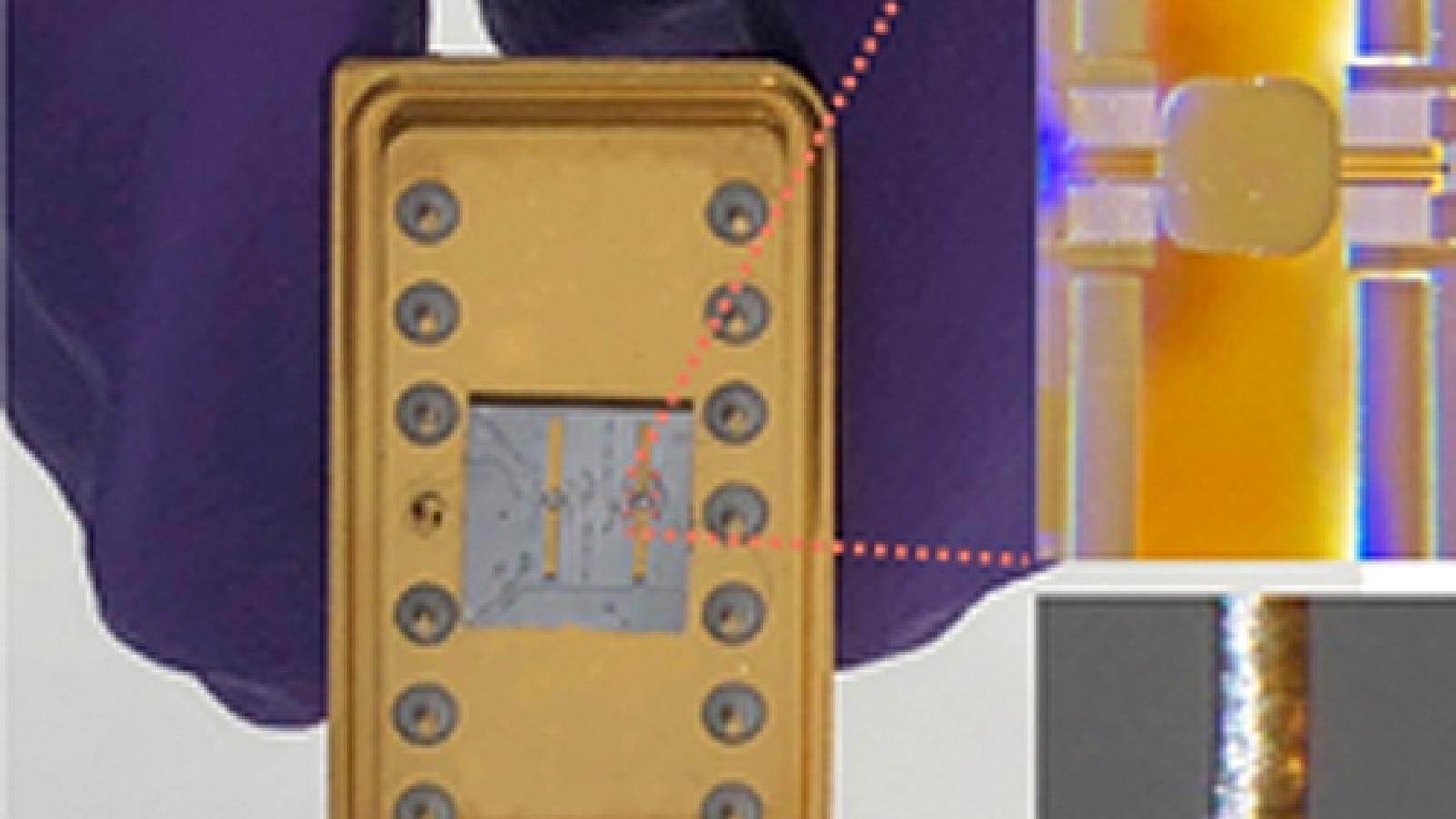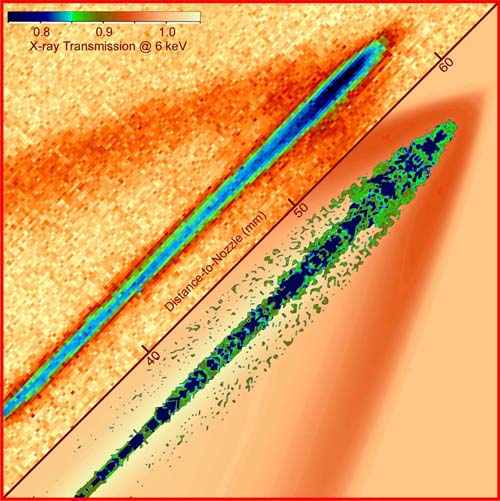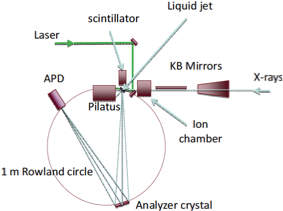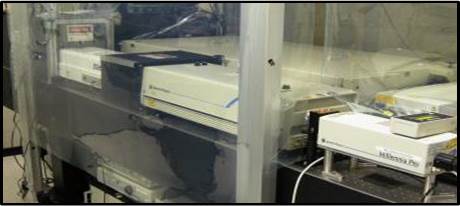|
The TRR group has operational responsibility for undulator end stations 7-ID-B, 7-ID-C, 7-ID-D, and 25-ID-E. Time-resolved pump-probe techniques using, most often, high-power lasers as the pump, are performed in stations 7-ID-C and 7-ID-D and 25-ID-E. 7-ID-B is white-beam capable and hosts experiments that probe ultrafast fluid dynamics in high-pressure, high velocity sprays. In addition to the x-ray-beamlines, our group maintains and enhances high-power ultrafast laser systems at 7-ID and 25-ID. |
||||||||||||||||||||||||||||||||||||
| BEAMLINES | ||||||||||||||||||||||||||||||||||||
| 7-ID-B | ||||||||||||||||||||||||||||||||||||
|
7-ID-B is a white-beam-capable station primarily used for ultra-fast imaging of high density and high-speed sprays. Unique imaging capabilities include the ability to image the internal motion of operating fuel injectors and to perform single-x-ray-shot imaging of dense sprays.
|
||||||||||||||||||||||||||||||||||||
| 7-ID-C | ||||||||||||||||||||||||||||||||||||
|
7-ID-C has dedicated diffraction and nanoprobe diffraction set-ups that provide Å resolution (reciprocal space) ultrafast time-resolved measurements of pumped materials. Pumps include an ultrafast high-power laser beam with 1 kHz rep-rate, an available high-rep-rate (54 kHz - 6.5 MHz) high-power laser, and terahertz (THz) radiation. Typical x-ray-beam sizes are 50 μm for samples mounted on a large 6-circle Huber diffractometer while a new zone-plate set-up provides 300 nm resolution for samples mounted on a compact Huber diffractometer. A variety of sample environments are available. Work in this station is relevant to a fundamental understanding of excitations and phase diagrams of emerging complex materials.
|
||||||||||||||||||||||||||||||||||||
| 7-ID-D | ||||||||||||||||||||||||||||||||||||
|
7-ID-D is primarily devoted to pump-probe studies of ultrafast transient states of photoactive molecules in solution via the time-resolved incarnations of x-ray techniques such as XANES, EXAFS, x-ray emission (XES) spectroscopy and x-ray diffuse scattering (XDS). An ultrafast high-rep-rate (54 kHz - 6.5 MHz), high-power laser is typically used as the pump. Novel x-ray emission spectrometers are being developed and deployed that, combined with the high-rep-rate laser beams, allow the excited states of small and dilute quantities of designer photoactive molecules to be probed with high fidelity. Work performed in 7-ID-D is relevant to the fundamental understanding of photochemistry with ultimate application to artificial photosynthesis. Much of the work in this station is performed in collaboration with the CSE-AMO group.
|
||||||||||||||||||||||||||||||||||||
| Laser Systems | ||||||||||||||||||||||||||||||||||||
Comments: |

